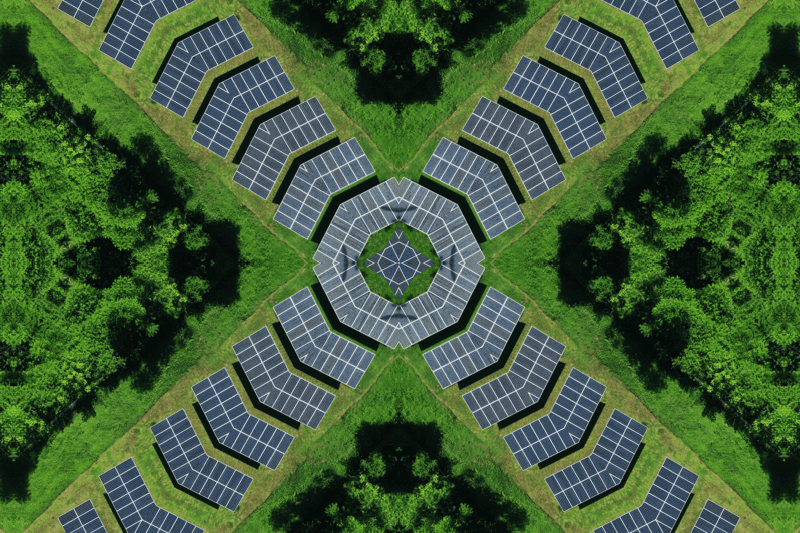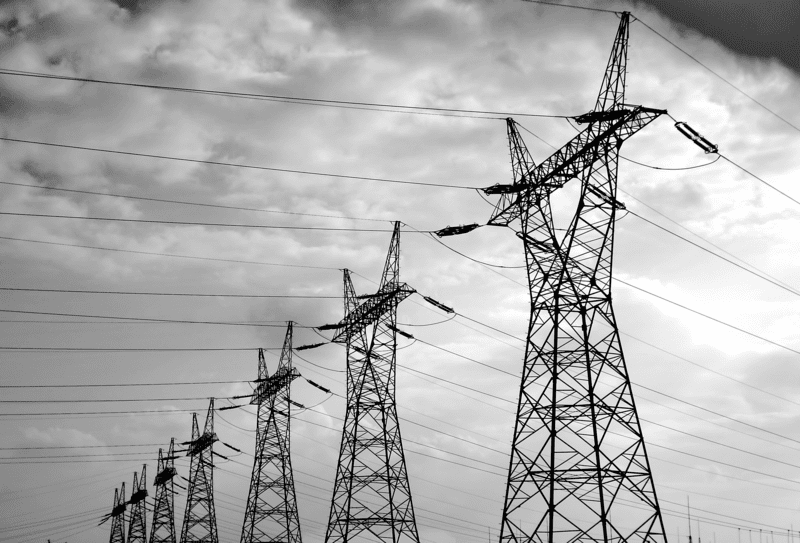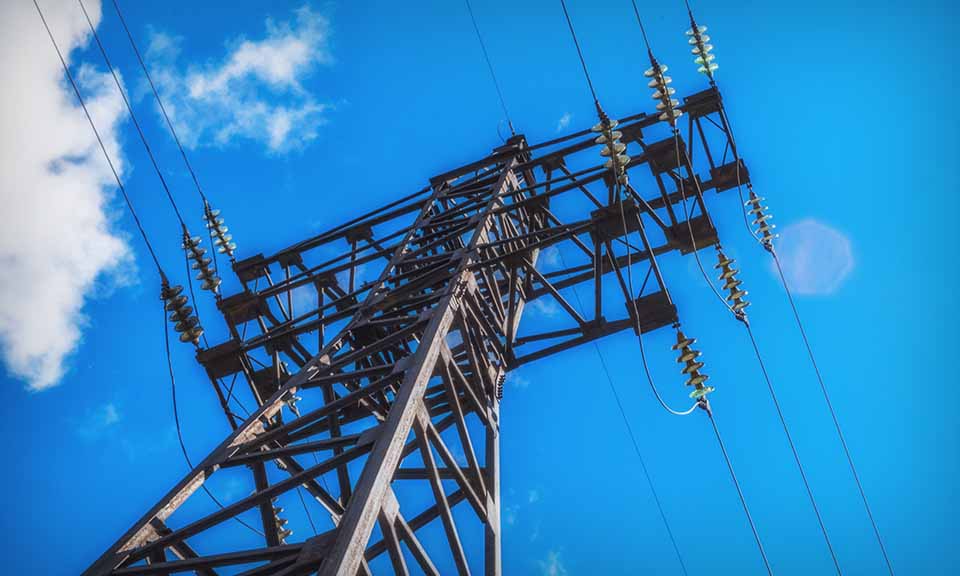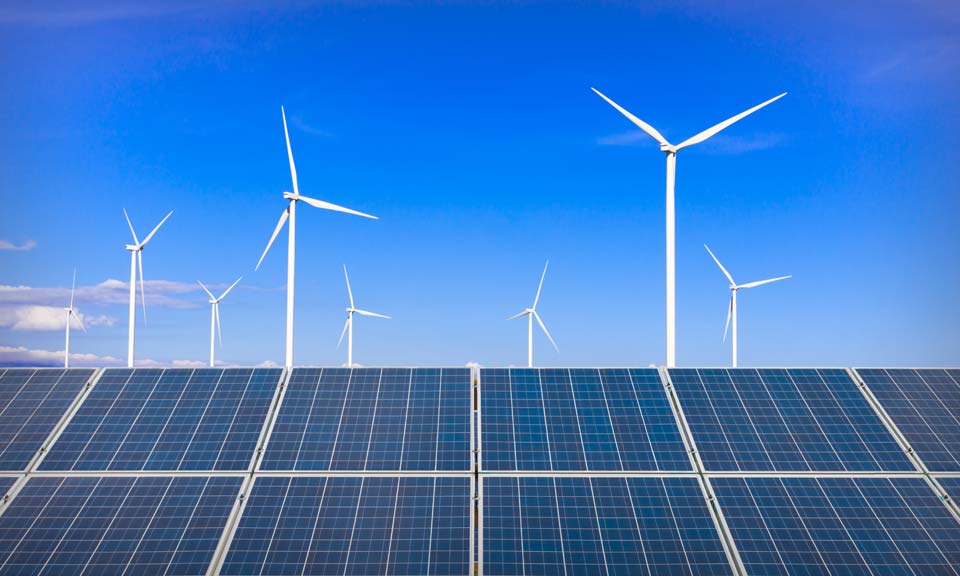Advancements in renewables project pipeline

Kassia Micek breaks down the project development pipeline in the US clean energy sector, which has been dominated by solar power generation on the back of falling costs.
The passage of the Inflation Reduction Act (IRA) in the US has driven clean energy manufacturers to boost domestic manufacturing
facilities and falling technology costs in recent years have pushed solar to the top of the project development pipeline.
Of the 170.862 GW of utility-scale solar, land-based wind, battery storage and offshore wind projects in the pipeline, 70.950 GW are under construction with another 99.913 GW in advanced development, a 26% increase year on year, according to the American Clean Power Association’s (ACP) Q4 report. Solar makes up 55% of the development pipeline, followed by battery storage at 18%, land-based wind at 16% and offshore wind at 11%.
"This is not surprising as utility-scale solar has been the leading resource type for a few years now and is only getting more competitive with IRA tax credits and continued cost declines," said Sam Huntington, director on the North American Power team with S&P Global Commodity Insights.
After adding a record 33.8 GW of new utility-scale clean energy projects in 2023, the US now has 262 GW of clean power capacity installed.
Domestic manufacturing
"Since the passage of the IRA, clean energy manufacturers have been rapidly announcing new manufacturing facilities to support the clean energy supply chain across wind, solar, battery storage and transmission," the ACP said in its latest quarterly report.
"To date, 123 new manufacturing facilities or facility expansions have been announced. This includes 78 solar manufacturing facility additions, 20 new grid-scale battery storage manufacturing facilities or facility expansions, four grid connection facilities, 12 land-based wind power manufacturing facilities, and nine offshore wind power manufacturing facilities."
Forty-four facilities have either completed construction or are currently under construction.
Nextracker, which provides intelligent solar tracker and software solutions, has massively cranked up its manufacturing, CEO Dan Shugar said.
"Today, solar is by far the lowest cost way to generate power almost everywhere on earth," Shugar said. "It’s the fastest to install. You can do a project from the beginning of construction and completion in a year, and it’s the lowest risk because there’s no fuel volatility."
The IRA provided generous incentives to stimulate domestic jobs, which further boosted solar developments in the US.
"During the pandemic, it became very hard to deliver materials report," Shugar said. "The global logistics situation became quite unpredictable in terms of schedule and costs, so we decided to massively ramp up domestic manufacturing per schedule and also to control logistics costs."
The company completed three US solar manufacturing facilities in Q4 2023 and has the capability to make 25 GW a year of major components for the US market, Shugar said.
The solar manufacturing industry employs about 268,000 people directly, compared with the peak of the coal industry at 80,000, Shugar said, adding that for every direct job, there are about five indirect jobs.
"Solar is a really big part of the economy. We’re seeing the wind industry is also a very major part," Shugar said. "We’re creating jobs, and it also lowers the cost of the energy coming out of solar for customers."
A new solar plant is one-third of the cost of a new coal plant and about one-fourth of the cost of a new nuclear plant, Shugar said.
"If you look at the dollars per megawatt hour of solar compared to coal or nuclear, it’s way less even if you add a bunch of batteries onto the solar," Shugar said.
Solar soars
California led the US in solar capacity with 19.98 GW by the end of 2023, up 13% year on year, according to ACP. Texas closely followed with 18.364 GW of solar capacity, up 48% year on year.
The California Independent System Operator (CAISO), which manages the flow of electricity for about 80% of California and a small part of Nevada, has over 5 GW of solar projects in its generation queue that have completed interconnection agreements and are slated to come online this year.
Texas saw a significant shift from mostly installing wind in 2022 toward solar and storage in 2023, according to ACP.
The Electric Reliability Council of Texas (ERCOT), which manages the flow of electric power for about 90% of the state’s electric load, expects its solar capacity to jump from 30.8 GW in 2024 to over 50.1 GW in 2025.
The majority of new solar plants have battery storage connected.
Solar and storage had a record year in 2023, with solar accounting for 58% of all new capacity additions and storage making up 23%, according to ACP. Developers brought 3.469 GW of new energy storage projects online in Q4, more than three times the amount from 2022.
Battery storage
Total operating US battery storage capacity ended 2023 with 17.375 GW, up 73% from the end of 2022, according to an S&P Global compilation of government filings and company announcements. The data includes facilities that either began commercial operation or were synchronized to the grid.
Another 5.1 GW of capacity is expected to be operational in the first quarter, continuing the rapid growth of battery storage across the country.
By the end of Q4 2023, there were 18.308 GW of battery storage in advanced development, and 11.935 GW under construction, according to ACP.
California leads the US in battery storage capacity with 8.107 GW, up 64% year on year, followed by Texas with 4.587 GW, up 141%, according to ACP.
CAISO has 3.5 GW of battery storage in its generation queue that have completed interconnection agreements and are slated to come online this year, with an additional 3.2 GW connected to solar projects.
ERCOT expects its battery capacity to grow from 11.6 GW in 2024 to over 21 GW in 2025.
Renewable project pipeline
"Despite the overall expansion of the project pipeline, the different technologies did not grow at the same rate," ACP said. "Battery storage was a bright spot in 2023, as the pipeline capacity for battery storage projects grew by 13.5 GW, overtaking land-based wind as the technology with the second highest pipeline capacity."
For comparison, utility-scale solar saw an increase of 14.2 GW, while the pipeline capacities for land-based wind and offshore wind grew by 6 GW and 1.8 GW, respectively, according to ACP.
Regionally, ERCOT will add the most clean energy again in 2024 with about 5.5 GW of solar, 1 GW of wind and 2.5 GW of batteries, Huntington said.
"ERCOT’s place atop the leaderboard can be attributed to its fantastic solar and wind resource, favorable market fundamentals, and speedy interconnection process," Huntington said. "Other regions to watch include MISO-north, which is adding several gigawatts of both wind and solar, and PJM-west, which is becoming a new hot spot for utility-scale solar."
This article was first published in the April 2024 issue of Commodity Insights Magazine.

News
A total solar eclipse will cross North America on April 8, resulting in heavily reduced solar power plant output. It will differ from an annular eclipse in that the sun will be entirely blocked by the moon, rather than partially blocked with a visible halo of sunlight. Power markets in Texas and the Mid-Atlantic region are expected to see the biggest impact in solar-powered generation. Related feature: US solar eclipse expected to significantly reduce solar power output in several markets (subscriber content) Click here for the full-size infographic

News
For access to all regions of the US Power Tracker series, subscribe to Platts Connect . (Latest update April 2, 2024) California power prices reached a 15-year low in March as mild weather and lower demand pulled down prices, while Pacific Northwest’s below-normal snowpack is expected to lead to continued weak hydro conditions even as forward trend lowers. Strong mid-day solar output drove California’s gas generation down to minimum levels and congestion of outbound flows from Southern California led to curtailments, Morris Greenberg, senior manager with the low-carbon electricity team at S&P Global Commodity Insights, said. Full feature: US POWER TRACKER: West prices plunge on strong renewables, weak demand (subscriber content) Click here for the full-size infographic
News
Japan's largest power producer tests ammonia as new fuel Energy transition highlights: Our editors and analysts bring together everything you need to know about the industry this week, from renewables to storage to carbon prices. JERA -- Japan's largest power generation company and one of the world’s largest power utilities --started testing ammonia cofiring at one of its largest thermal power plants this week. The project paves the way for the use of ammonia in the power sector on a commercial scale that has never been done before. Currently, ammonia is a largely a feedstock for fertilizer production with some of it going into chemicals. However, ammonia can be combusted with zero carbon emissions and it is one of the pathways being explored for the transportation of hydrogen as it has existing trade flows that can be expanded. These factors allow ammonia to become as an energy transition fuel. JERA started testing ammonia cofiring at its 1 GW No. 4 coal-fired unit at Hekinan thermal power plant in central Japan from April 1, to be carried out through June using about 40,000 mt of ammonia. The 20% cofiring of ammonia is expected to be the world's first at a large commercial coal-fired power plant and is part of a four-year long pilot project. JERA has pledged to commercialize its ammonia cofiring power generation by 2030 and use 100% ammonia as fuel in the 2040s for its 2050 carbon neutrality target. Japan sees great potential in ammonia as a CO2 zero-emission fuel as the country targets to cut its greenhouse gas emissions by 46% by FY 2030-31 from FY 2013-14 levels and achieve carbon neutrality by 2050 . Price of the week: Meanwhile, the price of emission allowances in China’s national compliance carbon market hit a new record on March 29 of Yuan 90.66/mtCO2e ($12.78/mtCO2e), increasing 8.1% week on week, according to Shanghai Environment and Energy Exchange. The steady increase in Chinese carbon prices has been attributed to bullish sentiment and looming deadlines for meeting emissions obligations. Editor’s pick: Premium and free content SPGlobal.com Germany’s SHS launches green hydrogen tender for Saarland steel plants German steel producer Stahl-Holding-Saar has launched a tender to buy up to 50,000 mt of locally produced renewable hydrogen for its Dillinger and Saarstahl plants in Saarland, the company said March 26. SHS and its subsidiaries are due to produce up to 3.5 million mt/year of green steel from 2027/28. The move follows a tender from Thyssenkrupp for large volumes of clean hydrogen for its Duisburg plant in Germany from 2028. Platts Connect New open-source tool aims to inform on environmental impact of hydrogen The Open Hydrogen Initiative released March 25 an open-source tool for determining the carbon intensity of hydrogen as some industry members work to harmonize measurement methodologies. This new tool allows for the calculation of the carbon intensity of hydrogen production at the facility level based on the operational parameters of the facility and its supply chains, “capturing the nuances” of a project’s emissions, OHI Executive Director Zane McDonald Manchin, oil and gas groups urge flexibility, better coordination on methane fee Delays in implementing a fee on oil and gas system methane emissions and new greenhouse gas reporting rules are unfair to regulated companies and run counter to congressional intent, Senate Energy and Natural Resources Chairman Joe Manchin, Democrat-West Virginia, told the Environmental Protection Agency March 26. TES gets tariff, third-party exemption for German LNG, e-natural gas terminal Tree Energy Solutions has secured an exemption from tariff and third-party access regulation for its planned “e-LNG” import terminal at the Green Energy Hub in Wilhelmshaven from the German network regulator BNetzA. BNetzA has exempted the 15-Bcm/year terminal, which will import LNG before switching to green hydrogen-based “electric natural gas” (e-NG), for 20 years from the start of the operations.

News
Industry must be open to new technologies Wind, solar attack natural gas’ market share The energy industry has trapped itself with binary dialogue about being for one type of technology or another, when all resources need to work together to achieve energy transition goals, Tinker Energy Associates CEO Scott Tinker said March 22. The energy transition is not just about one technology, but rather a suite of technologies, panelists said at the CERAWeek by S&P Global energy conference in Houston. “What is nice about renewables and new technology is they're much more democratically distributed around the world,” said Andres Gluski, AES Corporation president and CEO. “The reality is a little bit more complicated. But I also think it's not rocket science.” However, the industry has to be careful about status quo because things are changing rapidly, Gluski added. “In the power industry, we're seeing once in a 100-year events, like floods and heatwaves, etc., occur every year.,” Gluski said. “The weather has changed. That’s the reality.” Industry leaders need to look at how to deliver the electricity with the lowest carbon and in most sustainable way possible, he added. Renewables versus fossil fuels Solar and wind costs have dropped remarkably over the years, Tinker said. “To make it reliable requires something sitting here waiting to back it up … and that something is expensive,” Tinker said about battery storage. “I think we have to be more open and candid about the actual cost of electricity to be integrated.” The domestic production of wind turbines is strong, with battery storage production to come, while domestic of solar panels will take longer, Gluski said. And while renewables do not generate 24 hours a day, coal is not going to come back regardless of political slogans, he added. “For a lot of these new technologies we need the regulators to be on top of it as a lot more is coming," Gluski said. The energy transition has to happen at a pace that’s politically sustainable, said David Victor, a professor of Innovation and Public Policy with the School of Global Policy and Strategy at University of California, San Diego. “I'm really concerned that we are overweighting the familiar,” Victor said. “We are overinvesting in things we know how to do and probably underinvesting in things that we don't yet know how to do.” Glue that holds it together “We got to figure out the glue that holds all this together,” said Hunter Hunt, chairman and CEO of Hunt Energy. There will be less natural gas needed than the industry thinks, but more than environmentalists think, he added. “Wind and solar are absolutely attacking natural gas’ share and they've decimated coal in the industrialized world,” Hunt said. “If natural gas is going to be a transition fuel, the industry needs to do its part to make sure that we're doing it in the right way. The future of energy can be seen in Texas today, Hunt said about the battery storage growth happening. There such a diversity in approaches with new technology and “we need all of it,” said Evelyn Wang, director of the Advanced Research Projects Agency-Energy with the United States Department of Energy. Houston, we have an opportunity “One of the things that is different today versus this time last year, is just explosion of activity in energy transition-related projects in Houston and Gulf Coast,” said Bobby Tudor, CEO Artemis Energy Partners and chairman of the Houston Energy Transition Initiative. “We have enormous competitive advantages here in this region to be a leader, and it's up to us to intentionally do that. … We intend to continue to exploit that advantage.” Texas has the largest concentration of technical talent in the world related to energy systems, Tudor said, adding the state is well positioned for the task due to its ports and access to wind and solar resources. A lot of the development in Texas has to do with permitting and the ability to get projects permitted and done, Tudor said, adding that process is much more difficult in rest of the country. The catch phrase should be “Houston, we have an opportunity” instead of “Houston, we have a problem,” said Atul Arya, S&P Global Commodity Insights senior vice president and chief energy strategist.